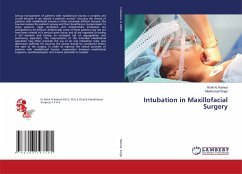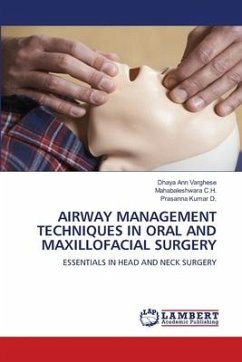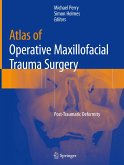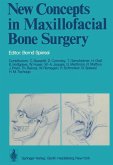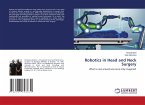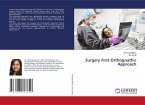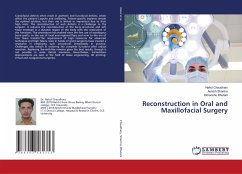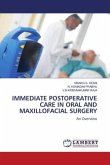Airway management of patients with maxillofacial trauma is complex and crucial because it can dictate a patient's survival. Securing the airway of patients with maxillofacial trauma is often extremely difficult because the trauma involves the patient's airway and their breathing is compromised. In these patients, mask ventilation and endotracheal intubation are anticipated to be difficult. Additionally, some of these patients may not yet have been cleared of a cervical spine injury, and all are regarded as having a full stomach and having an increased risk of regurgitation and pulmonary aspiration. The requirements of the intended maxillofacial operation may often preclude the use of an oral intubation tube, and alternative methods for securing the airway should be considered before the start of the surgery. In order to improve the clinical outcome of patients with maxillofacial trauma, cooperation between maxillofacial surgeons, anesthesiologists, and trauma specialists is needed
Bitte wählen Sie Ihr Anliegen aus.
Rechnungen
Retourenschein anfordern
Bestellstatus
Storno

